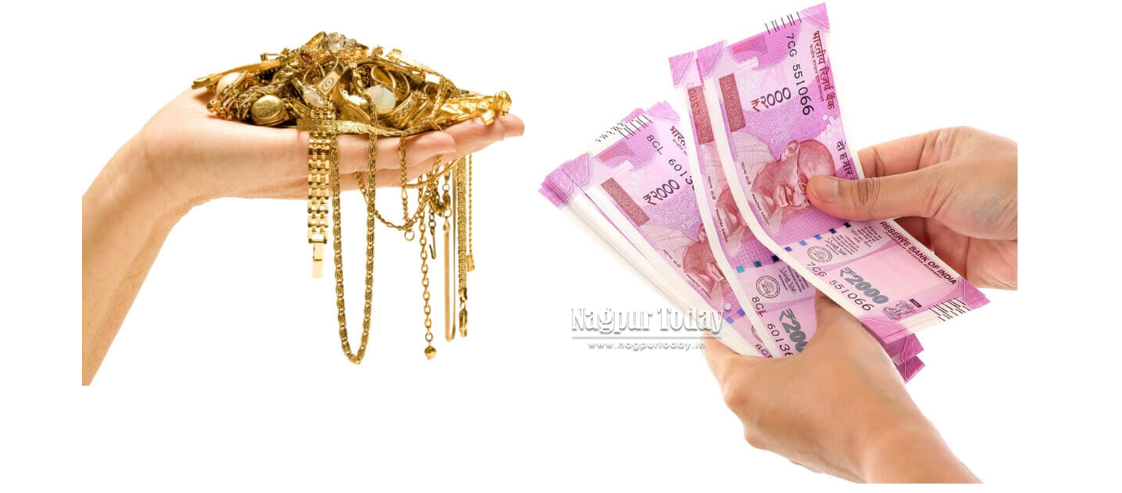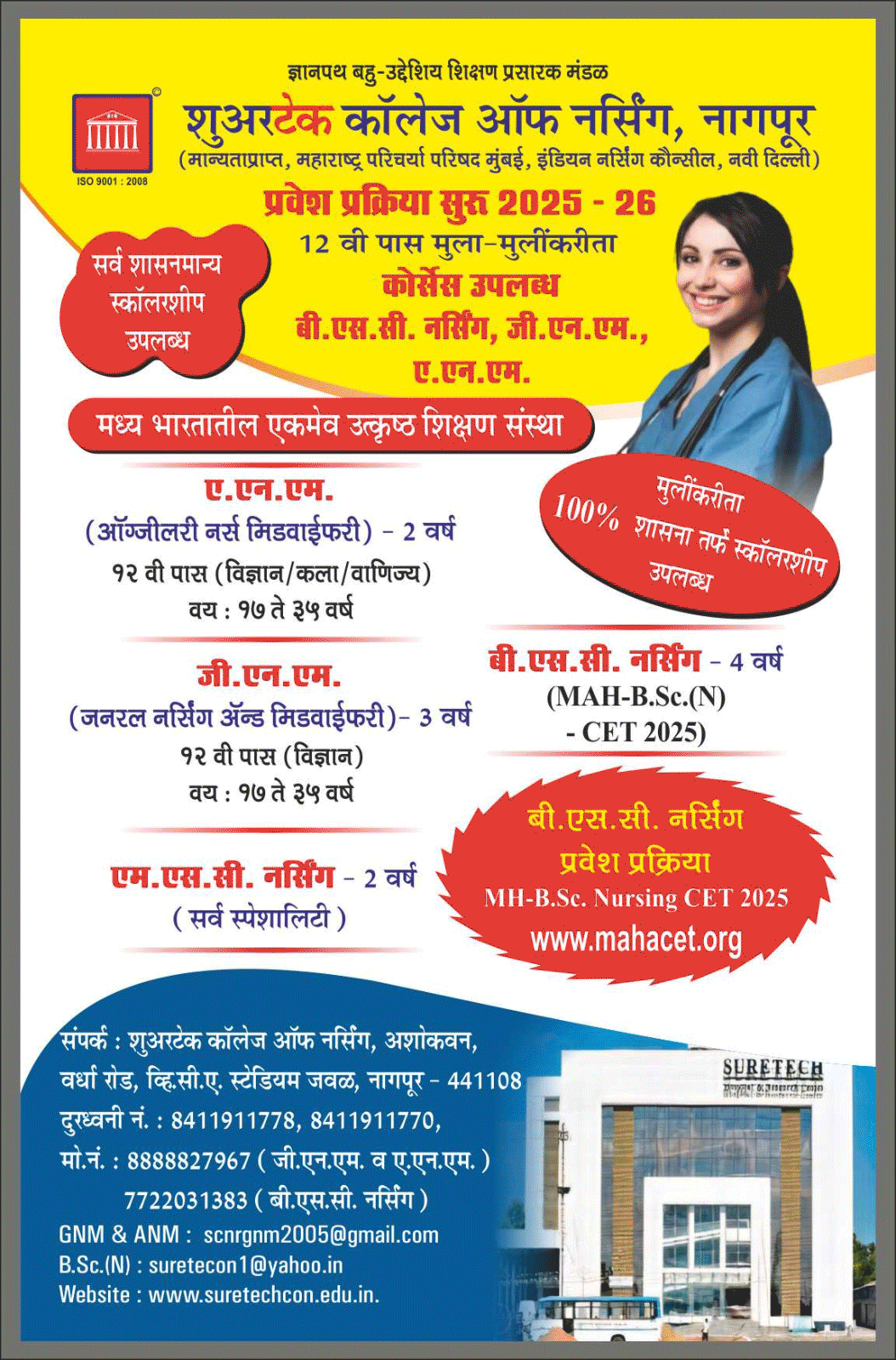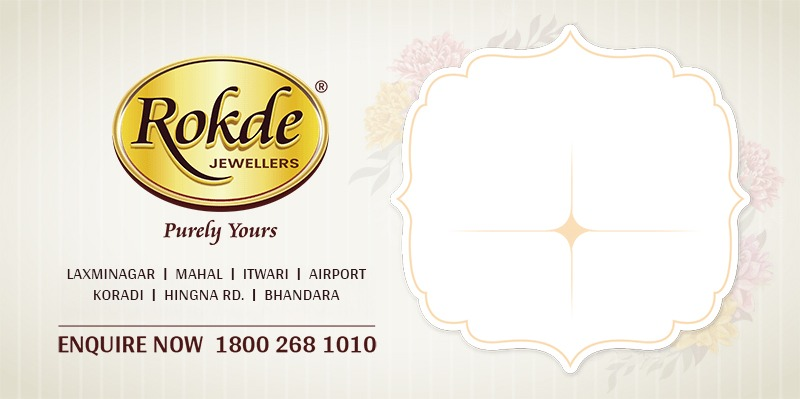
Whether it’s a financial emergency or you want to achieve a personal milestone, you likely look for a secure and quick option for raising money. Among the several forms of secured loans available in the market, a Gold Loan stands out for its quick processing and low eligibility requirements. It is essential to understand what a Gold Loan is and how loan providers value your pledged gold.
Understanding Gold Loan
A Gold Loan is a secured loan where you borrow money from a lending institution against the value of gold ornaments or coins you own. The gold serves as collateral, significantly reducing the institution’s risk. As a result, the interest rates tend to be lower than those on unsecured loans.
When you borrow from a reputable loan company, a Gold Loan is quick to obtain with minimal documentation*. The process follows standardised loan agreements and requires completion of KYC formalities along with the provision of a Key Facts Statement (KFS) as required by the RBI. This ensures transparency and compliance while making the borrowing experience smooth and reliable. As a borrower, you remain the owner of the gold throughout the tenure, provided you repay the loan on time. After the full repayment, the lending institution returns your gold in its original form. However, if you fail to repay, they can rightfully sell your gold to cover their loss. The primary reason for the increasing popularity of this form of lending is that it allows you to unlock the liquidity of your gold without having to sell it.
How is Gold Valued in a Gold Loan?
Gold valuation is a crucial part of the loan process. The lending institution determines your loan eligibility based on this key factor. The following steps break down the valuation process:
1. Purity Check
When you bring in your gold, the first thing the lending institution checks is its purity. Gold purity is typically measured in carats, with 24K being the purest form of gold. However, jewellery is usually made of 22K or lower, because makers add alloys to it to give it structure and strength.
For valuation purposes, most lending institutions consider 18-22 karat gold as the standard. If the ornament contains stones or any non-gold elements, their weight is excluded from the total. The institution will test the gold using a carat meter to confirm its purity.
Borrowers have the right to be present during the assaying process and are entitled to receive a detailed assay certificate. This ensures complete transparency and confidence in the valuation of their gold assets.
2. Weight Measurement
Lending institutions only consider the net gold for gold valuation. So, they carefully separate any stones or embellishments in the final calculation. The more pure gold is present, the higher the loan value you may obtain. Please note that different lending institutions may have varying standards and equipment for measuring gold weight and purity. Reputed financial institutions maintain transparency in this process to avoid disputes.
3. Current Market Rate Reference
After evaluating the gold’s purity and weight, the lending institution refers to the current gold market rates sourced from recognised authorities such as the Indian Bullion and Jewellers Association (IBJA) or SEBI-approved exchanges. Most institutions use the lower value between the average price over the last 30 days and the previous day’s rate to ensure an accurate and fair valuation. The gold price is typically based on 22-carat gold, which is crucial in determining the collateral value for the loan.
4. Loan-to-Value (LTV) Ratio
After determining the gold’s market value, the lender applies a Loan-to-Value (LTV) ratio in accordance with regulatory guidelines. The Reserve Bank of India (RBI) mandates tiered LTV limits based on the borrower’s total exposure across all loans against gold: up to 85% LTV is allowed if the borrower’s total exposure is up to Rs 2.5 Lakh, up to 80% LTV if the total exposure is above Rs 2.5 Lakh and up to Rs 5 Lakh, and up to 75% LTV if total exposure is above Rs 5 Lakh. For example, if your gold is valued at Rs 1 Lakh, the maximum loan amount you may borrow could be up to Rs 85,000. This tiered approach ensures adequate safety buffers against market volatility while allowing borrowers to access fair loan amounts. Compliance with these RBI guidelines is strictly maintained by lending institutions.
Factors Influencing Gold Valuation
Several factors influence the final gold valuation, which ultimately affects the loan amount sanctioned. These include the following:
- Type of Gold: Jewellery made with mixed metals or studded with stones may have a lower value due to its lower gold content. On the other hand, plain, high-carat gold items are valued higher.
- Gold Purity Certification: If your gold has a BIS (Bureau of Indian Standards) hallmark, it can lead to higher and faster valuation with greater transparency. This is especially helpful when the ornament’s composition is doubtful.
- Gold Price in the Market: Gold is a globally traded commodity. Any changes in international prices or fluctuations in the rupee-dollar exchange rate directly impact the gold price in India. Hence, the gold valuation process involves daily rate adjustments to align with the latest trends.
Tips to Maximise Your Gold Value When Borrowing a Gold Loan
Here are some practical tips to maximise your gold value when borrowing a Gold Loan:
- Choose High-Purity Gold: Lending institutions offer higher loan amounts for gold with higher purity. For instance, 22K gold fetches a better value than 18K. Avoid mixing stones or gems with your jewellery, as the institution will only consider the gold content for valuation.
- Compare Multiple Lenders: Each lending institution has its preferred gold valuation method and loan-to-value (LTV) ratio. By comparing different loan plans, you may find one offering a higher LTV or better terms for the same loan.
- Understand the Loan-to-Value Ratio: The LTV ratio determines how much of your gold’s market value is eligible as a loan. RBI allows a maximum LTV of 75%. However, some lending institutions may offer less based on your eligibility and repayment capacity. You should look for an institution that provides the highest LTV allowed.
- Negotiate Charges and Interest Rates: Even if the gold value is identical, variations in interest rates and processing fees can significantly impact your total loan cost. It is important to select lending institutions that provide full disclosure of all charges, including processing fees, and demonstrate fairness in their advertising. Choosing lending institutions with transparent practices, attractive interest rates, and minimal fees ensures you make an informed and cost-effective borrowing decision.
- Avoid Partially Damaged Jewellery: Broken clasps or worn-out items can reduce the perceived value of your jewellery. Ensure your ornaments are intact and in wearable condition before pledging.
- Borrow Only What You Need: Even if your gold qualifies for a higher loan amount, take only what is necessary. This reduces your interest burden and makes repayment easier.
Conclusion
Apart from understanding what is Gold Loan and the intricacies of gold valuation, it’s equally important to choose a lending institution that brings trust and transparency to the process. Many institutions offer quick and easy disbursal*, transparent charges*, competitive interest rates*, and high safety of gold*. Whether you are in a financial crunch or planning a big event, a Gold Loan from a reputable lending institution can provide the financial cushion you need.
Note: In compliance with RBI guidelines effective from April 1, 2026, all Gold Loans will adhere to updated regulatory norms. Loans issued before this date will continue under the previous regulations.
*Terms and Conditions apply. Loan terms, fees, and borrower rights vary by lending institution and product. Borrowers should review all terms and conditions carefully before applying and consult authorised representatives for personalised guidance. Transparency and regulatory compliance are ensured by lending institutions.














